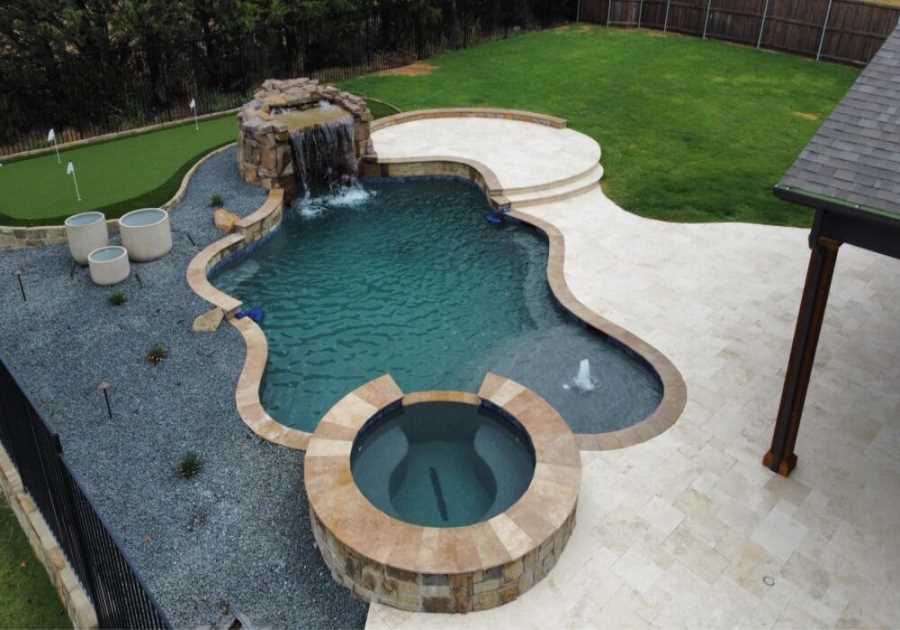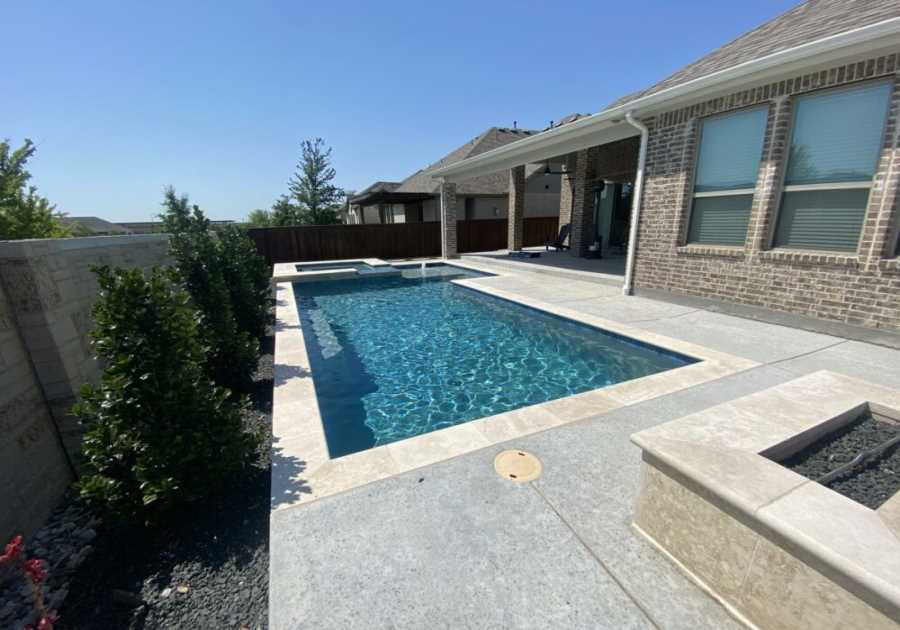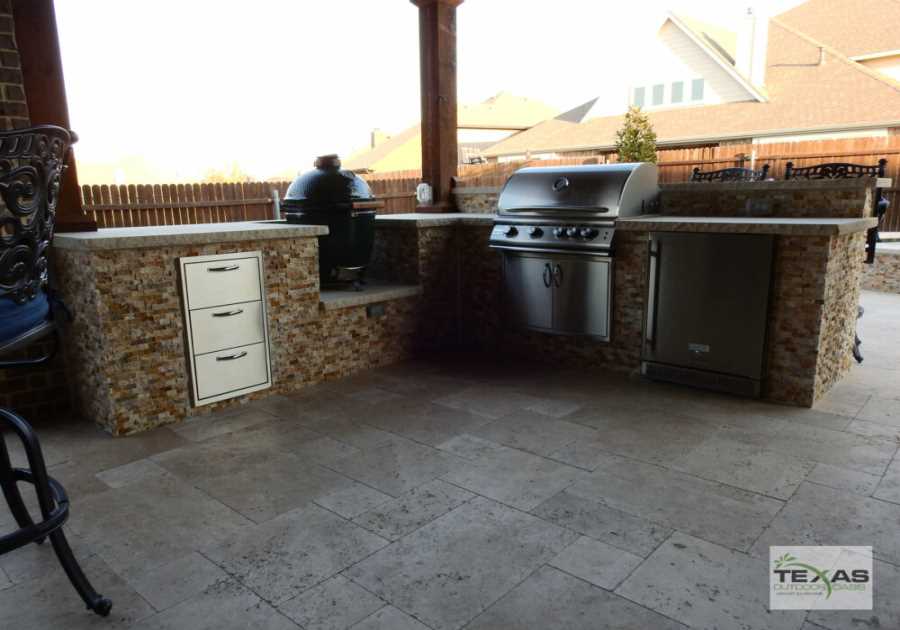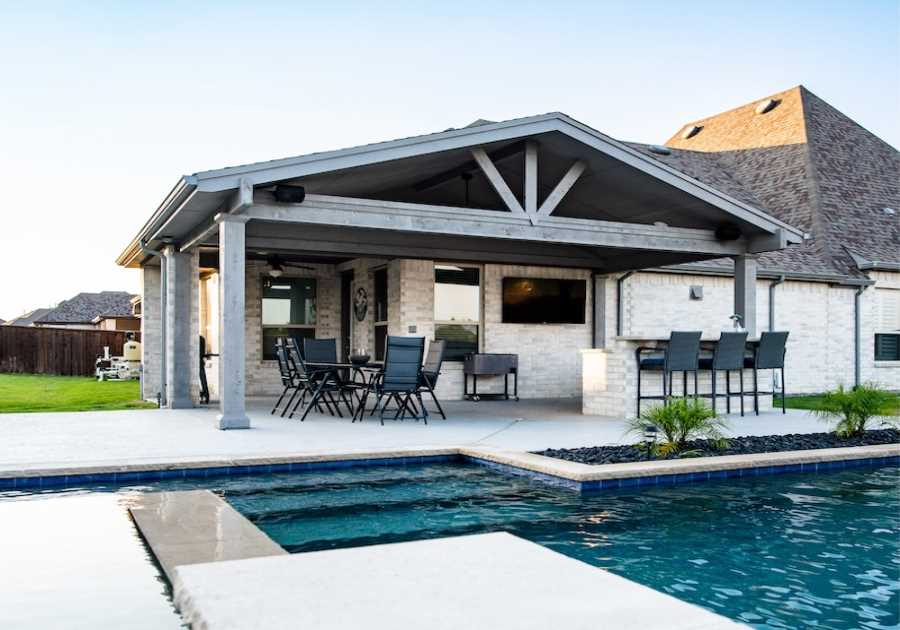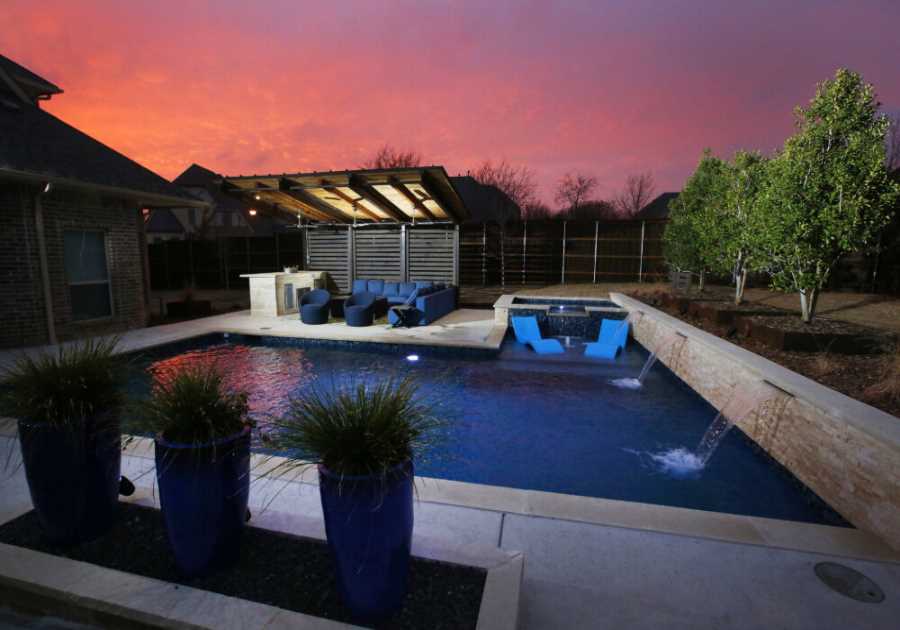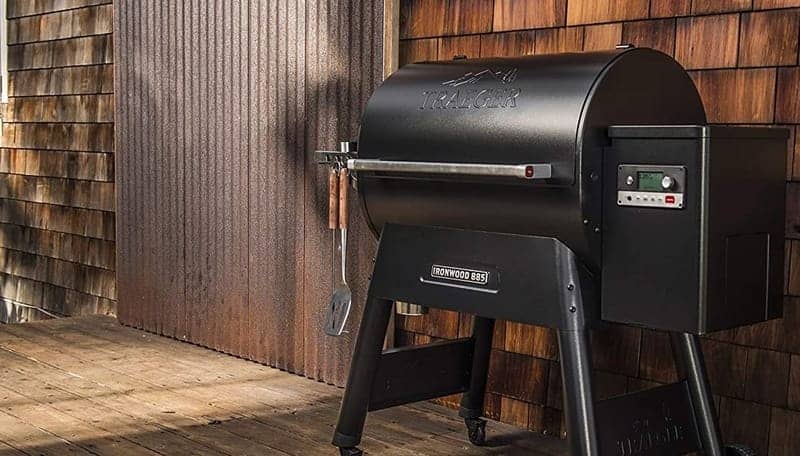
Traeger grills are some of the best on the market, making grilling and smoking easy with their pellet feeding systems and automatic temperature control.
However, as with any product, that added complexity and utility brings with it a host of potential problems; each new feature is a new point of failure, after all.
Thankfully, many of these things are easily fixed, so you can get back to grilling in no time. Here are some of the most common problems most people are likely to face when using their pellet grills.
1. Pellet Problems
View this post on Instagram
Here are a few specific issues that can be fixed by simply changing out your pellets for fresh ones:
Thick, Cloying Smoke
While your Traeger grill will smoke up a fair bit just after starting, by the time it really gets going, the smoke should be thin, almost imperceptible save as a vague heat haze after a while.
This is typically because your pellets aren’t burning properly; they never reach the proper temperature to just release that nice thin smoke, and are instead pumping out tons of carbon ash that does not create a desirable taste in your food.
Grill Not Reaching Proper Temperature
While this can be due to a number of other factors (as we’ll go over below), having moist pellets in particular can result in improper ignition, leading to the grill’s interior temperature remaining low.
Nasty, Bitter Taste in Meat
Low quality pellets with a lot of filler or sawdust can leave a disgusting bitter taste in your meat.
Fire Gutters Out Mid-Cook
Yep, this is another common problem with bad pellets; they burn well for a bit, but burn out before they’re supposed to. This is actually sort of a subset of the same problem with your grill producing excessively thick smoke. More smoke equals more ash, and excess ash can clog the air holes in your fire pot. Since fire needs oxygen to burn…well, no air means no fire.
2. Ignition Issues
View this post on Instagram
One of the other major categories of trouble your Traeger grill can have comes from problems with the ignition. Since Traeger pellet grills have electrical components, this can be due to a number of factors. Here are a few things to test first before calling customer support.
Make Sure Everything is Plugged In
Yes, the obvious one, but something to check first before you feel silly about it. Particularly as grills are a piece of outdoor cooking equipment, and so usually need power relayed in a bit of a roundabout fashion (with an extension cord, for example).
Checking all of the equipment that supplies power to ensure that it’s not something more complicated is a great first step. This could be a loose connection at one of the plugs, a faulty cable that’s been gnawed by an animal, a busted outlet, or any number of other factors. If your grill isn’t receiving power, it’s not going to work, and sometimes it can be tricky to tell if it’s an electrical issue if the grill is getting just ENOUGH power to light the control board but not much else.
Try plugging into different outlets and such first to see if everything is fine on the grill’s end.
Turn Off Demo Mode
When you buy your grill, sometimes it will come set to Demo mode, either as the default or because the store turned it there to keep it safe as a floor model or some such. In demo mode the ignition system won’t work properly. Thankfully, this is an easy fix: just find the controller, navigate through the Menu, then to Settings, and finally Demo Mode; switch it to “Off” and the device should now work.
Pellets (again!)
Yep, sometimes poor quality pellets won’t ignite at all. Check your pellets as we mentioned before, because they really are the source of a lot of problems.
Mechanical Failures
Two big failure points in a Traeger grill’s ignition system are in its heating rod, and its fan. Both components need to be working properly for the grill to heat up like it’s supposed to and ignite the pellets properly.
Thankfully, these two components aren’t exactly very subtle when they’re working, and are easy enough to test. Turn on your grill and set the temperature needed.
To see if the ignition rod is working, simply place your hand near it. Be very, very careful not to actually touch the heating rod, as if it IS working properly it will get very hot extraordinarily quickly, and you could hurt yourself badly. If it’s heating up like it’s supposed to, it should radiate heat quite well, and you’ll be able to tell it’s working or not before long.
Likewise, the fan. It should be audible (though faintly), and you should be able to feel airflow when you stick your hand in the fire pot.
Keep in mind when performing these tests that you should remove all pellets from the device first; you’re testing the hardware here, which will work independently of the pellets being there or not. You don’t want to find that your device has randomly started working again and light yourself on fire due to negligence.
If either of the components isn’t working, you’ll need to contact customer support on this one. There’s no easy home fix here.
3. Temperature Fluctuations
View this post on Instagram
There are three common causes of excess temperature fluctuations in your grill. Keep in mind that some fluctuation is normal, even beyond the +/- 15 to 20 degrees Fahrenheit range; that listed variance is an AVERAGE under ideal conditions, not a rigid and true number. Unless your food is coming out under or overcooked, some wild fluctuations that eventually even out are fine.
Faulty Fire Pot
The fire pot initially provided with your Traeger grill is kind of a piece of junk. It works well for a while, but eventually begins to warp and corrode, since it’s regular steel (without the chromium content that makes stainless steel resistant to corrosion).
Once this happens, air flow gets all thrown out of whack. We recommend upgrading to a stainless steel fire pot as quickly as possible.
This goes for the heat diffuser and drip pan as well; swapping those out saves a lot of frustration.
Pellets (yep, once more!)
Bad pellets wreak all sorts of havoc with your grill, as we’ve seen. The inconsistent burning of them can cause numerous seemingly unrelated problems.
Broken RTD Probe
The RTD probe is the thermostat for your grill. If it’s busted, it can read the temperature wrong and lead to all sorts of temperature fluctuations.
If everything else is in good shape, this is probably the problem, but you can double check it easily enough by running a short (20 to 30 minutes) cook using a separate remote thermometer alongside the built in RTD. If the temperatures are wildly different between the RTD probe and other thermometers, it’s broken.
Replacing the probe is cheap and quick, so this is honestly one of the better case scenarios.
4. Error Codes
Some issues the grill will actually tell you about up front! However, figuring out what error code means can be a pain, especially if you can’t find your manual. Here are some common ones:

Jim Bob
WRAPPING THINGS UP
If all else fails with any of these issues, you can always call customer support. Traeger grills typically come standard with at least 2 year warranties, and usually longer, so professionals are always standing by to help with any particularly annoying problems. Troubleshooting some of this stuff beforehand can help them help you, so it’s never a waste of time to try them even if they don’t work!

